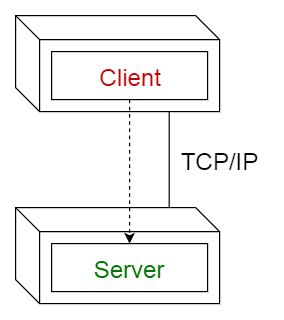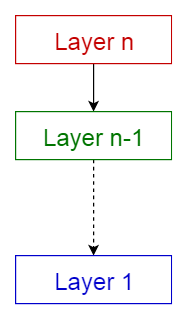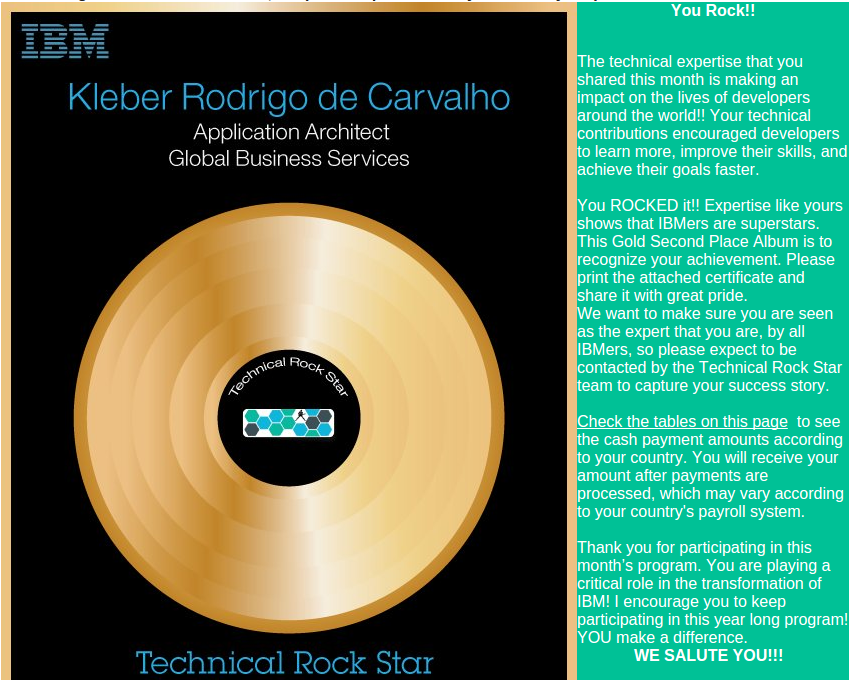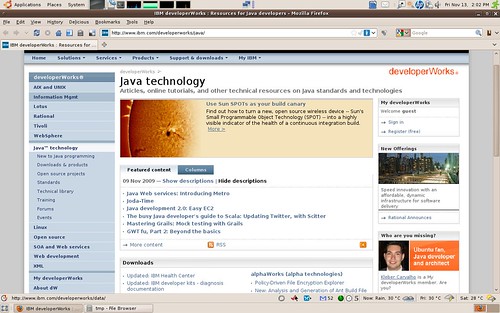Do you still do a confusion between Intel core 2 duo vs Intel dual core ? We also have others kind of processors:
Pentium Dual-Core – The Pentium Dual-Core brand refers to mainstream x86-architecture microprocessors from Intel. They are based on either the 32-bit Yonah or (with quite different microarchitectures) 64-bit Merom, Allendale, and, more recently, with the launch of the model E5200, Wolfdale core, targeted at mobile or desktop computers. In terms of features, price and performance at a given clock frequency, Pentium Dual-Core processors are positioned above Celeron but below Core and Core 2 microprocessors in Intel’s product range. The Core 2 brand was introduced on July 27, 2006, comprising the Solo (single-core), Duo (dual-core), Quad (quad-core), and in 2007, the Extreme (dual- or quad-core CPUs for enthusiasts) version. Intel Core 2 processors with vPro technology (designed for businesses) include the dual-core and quad-core branches.
Intel Core – The Core brand refers to Intel’s 32-bit mobile dual-core x86 CPUs that derived from the Pentium M branded processors. The processor family used a more advanced version of the Intel P6 microarchitecture. It emerged in parallel with the NetBurst (Intel P68) microarchitecture of the Pentium 4 brand, and was a precursor of the 64-bit Core microarchitecture of Core 2 branded CPUs. The Core brand comprised two branches: the Duo (dual-core) and Solo (Duo with one disabled core, which replaced the Pentium M brand of single-core mobile processor).
Intel Core 2 – The Core 2 brand refers to a range of Intel’s consumer 64-bit x86-64 single-, dual-, and quad-core CPUs based on the Intel Core microarchitecture. The single- and dual-core models are single-die, whereas the quad-core models comprise of two dies, each containing two cores, packaged in a multi-chip module.[1] The introduction of Core 2 relegated the Pentium brand to the mid-range market, and reunified laptop and desktop CPU lines, which previously had been divided into the Pentium 4, Pentium D, and Pentium M brand.
If you read these information (from Wikipedia) and still aren’t understanding, I advised you read this article on binaryday.com.
The confusion between Intel core 2 duo and Intel dual core primarily resulted from a pointless naming convention by Intel. 2 and dual may be synonyms in English but that does not make Intel core 2 duo vs Intel dual core any more similar. The similarity of names makes even many computer geeks confused when asked to do a comparison of Intel core 2 duo and Intel dual core.
Intel Dual Core is the first dual-core CPU from Intel. The Dual core makes use of two cores on a single die i.e it has two chips in one package. It solves the problem of overheating of Intel Pentium D without compromising on the performance.
Intel Core 2 Duo processors are the next gen processors from Intel. It is developed with a new Architecture called Core. The new architecture of Intel core2 duo makes it a lot better processor that runs cool. Most importantly the Intel core2 duo is a super over clocker.
Thanks again to this article on binaryday.com
Kleber Rodrigo de Carvalho



